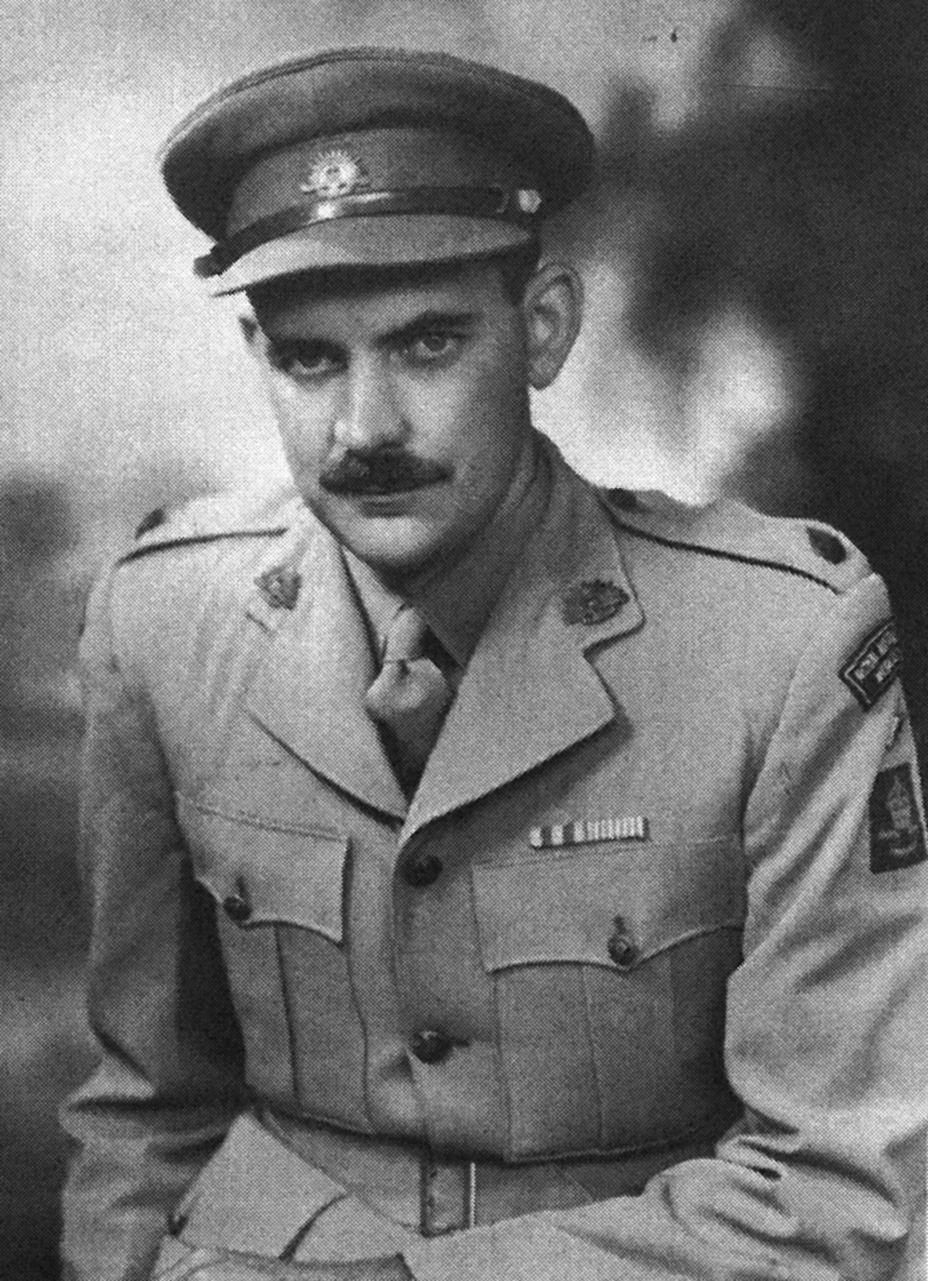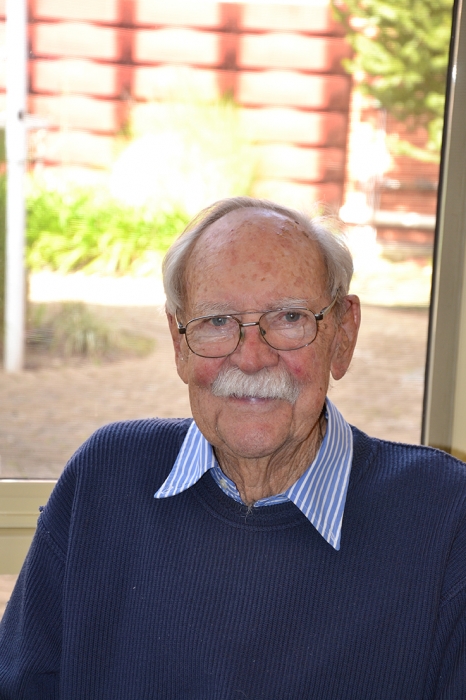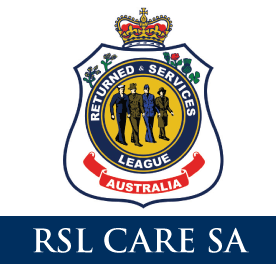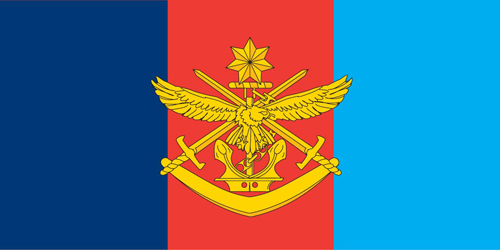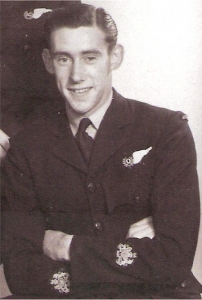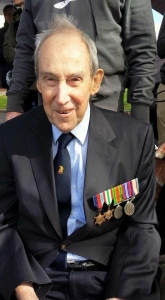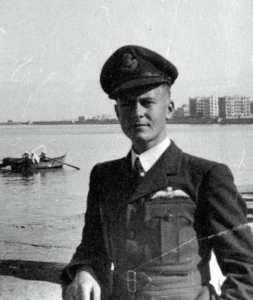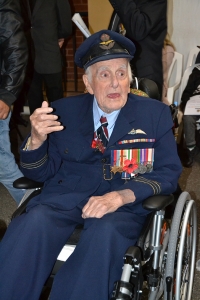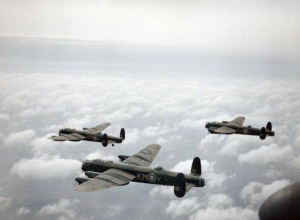RSL Care SA is privileged to share the extraordinary military experiences, stories and recollections of some of our veteran residents.
It is always a privilege to have ex-service men and women access temporary or permanent accommodation through RSL Care SA. Our Andrew Russell Veteran Living (ARVL) program offers emergency and affordable housing accommodation options to contemporary veterans, while our Retirement Living and Residential Aged Care facilities offer accommodation to the elderly.
We are in a unique position to hear so many different stories about our residents military experiences. We think it’s important to share these stories with others as a reminder to be thankful for the freedom we experience today because of the ongoing service of others. We will be adding to this post regularly and hope you enjoy learning about our veterans as much as we do!
Flying Officer, Alex McKinnon
Alex enlisted with the Royal Australian Air Force (RAAF) in September 1941 at the age of 18. His initial training was at Fort Breckan Victor Harbor in the same intake as Keith Miller the famous Australian cricketer. Further training took place on Prince Edward Island Canada before being shipped to Brighton in the UK. After a short time in the UK, Alex was shipped to the Middle East where he was assigned as a Navigator to RAAF 459 Squadron. This squadron was located at an airbase called El Berka just out of Benghazi in Libya. Alex (Navigator) and three other crew members (Pilot, Wireless Operator and Gunner) flew Baltimore Bomber aircraft over the Mediterranean and Aegean Seas bombing German shipping and supplies as well as missions to Rhodes and Crete. In total Alex flew 28 sorties with 176.5 hours of flying.
Alex returned to Australia at the completion of the War as a Flying Officer, achieving the following Honours and Awards: 1939-45 Star, Italy Star, Defence Medal, War Medal 1939-45, Australian Service Medal 1939-45, Returned from Active Service Badge.
Squadron Leader, Murray ‘Lyne’ Skinner
Lyne enlisted in the Royal Australian Air Force (RAAF) on the 5th of December 1940 at the young age of 19, accompanied by his older brother John. After some initial training in Pearce and Cunderdin in Western Australia, Lyne was singled out as a pilot and sent to Sommertown on Prince Edward Island in Canada for the next stage of training, which would ensure he was at the standard level required for the Operational Training Unit in England. Lyne finished his training in the United Kingdom in Wiltshire, Chivenor and Devon.
Lyne’s first operation, as leading Aircraftman, was on the 14th of May 1942. While it was quite an uneventful mission (unexpectedly cut short), it did not foretell the many hours of flying and ‘heart stopping’ moments that were to come. Lyne had several postings across the United Kingdom, the Western Desert in Egypt, Malta and Italy. His missions included submarine operations, enemy patrols, dinghy searches, reconnaissance, navigation and even a mine laying operation! While Lyne flew many aircraft’s during his time in the RAAF, his favourite by far was the Spitfire.
Lyne’s last posting was with RAF 683 Squadron based at Stan Severa, Italy. In 1945 he was discharged as Squadron Leader, having achieved a whopping 1,114 hours (and 35 minutes) of flying.
Sadly, Lyne’s brother John was killed in a Blenheim crash in Kenya in 1941, never to return home.
Read the full account of Lyne’s service history on the Flight Publishing website at the following link (pages 28 to 39) http://www.raafa.org.au/sites/default/files/Wings%20Winter18-V2.pdf
Flying Officer, Colin Watt OAM, DFM
Colin Watt OAM DFM flew Lancaster aircraft with Bomber Command in WWII. Colin completed 25 missions totaling over 170 flight hours and was awarded the Distinguished Flying Medal for his extraordinary service in exceptionally trying circumstances. Only three of the 14 pilots Colin trained with survived the war. The below photo was taken on the 29th of September 1942, with Colin flying the lead aircraft! Sadly, the two planes accompanying him were shot down shortly after this photo was captured.
Colonel Donald Beard AM, RFD, ED (Ret’d)
After completing his medical degree Donald Beard volunteered as a Medical Officer in the Army in 1949 serving in Japan and treating evacuated soldiers from Korea with the British Commonwealth Occupation Force. Donald Beard was due to return to Australia on the 27th June 1950, but 4 days before his departure he was recall to his base unit where he reluctantly volunteered to serve in Korea. He served as Regimental Medical Officer during the famous 3rd Battalion (Old Faithful) in the Battle of Kapyong. The Battle of Kapyong involved a 15,000-strong Chinese division attacking the Australian, British and Canadian Battalions and the New Zealand 16th Field Regiment in two days and nights of fierce fighting near Seoul. Donald returned to Australia in December of 1951.
Donald was chosen as a member of the Australian contingent to attend and march in the coronation service of the Queen Elizabeth II in London on 2 June 1953. Part of a world goodwill tour lasting 5 months. In 1968, Donald again found himself serving in a war zone at Vung Tau Base, Vietnam. Donald had a long and distinguished career as a Doctor which included being the medical officer for the South Australian Cricket Association (SACA). Donald’s extraordinary life has been documented by Ashley Mallett in the Wakefield Press book called ‘The Diggers’ Doctor, the Fortunate Life of Col. Donald Beard AM, RFD, ED (Ret’d)’. Donald very kindly signed 2 copies of his book while he was with us for 5 weeks of respite in August 2017. We look forward to having him back later this year!
